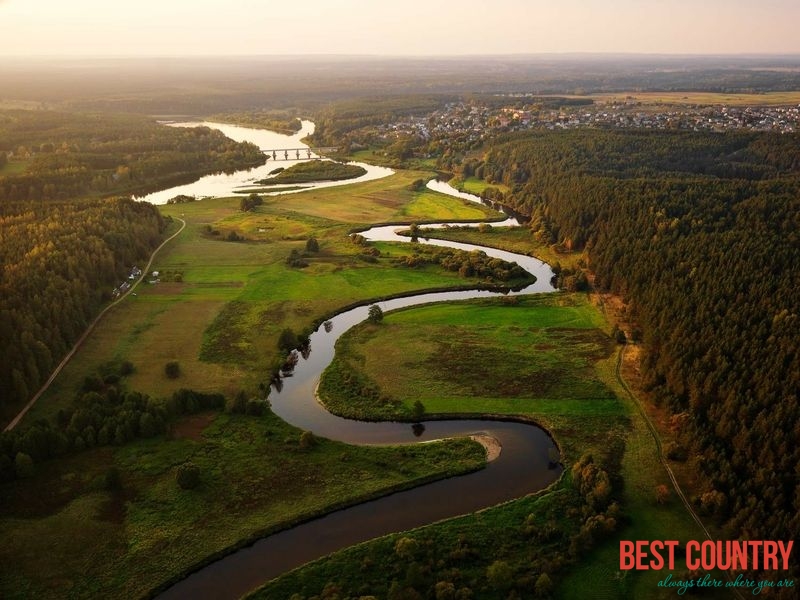Climate of Lithuania

Average temperatures on the coast are −2.5 °C in January and 16 °C (61 °F) in July. In Vilnius the average temperatures are −6 °C (21 °F) in January and 16 °C (61 °F) in July. During the summer, 20 °C (68 °F) is common during the day while 14 °C (57 °F) is common at night; in the past, temperatures have reached as high as 30 °C (86 °F) or 35 °C (95 °F). Some winters can be very cold. −20 °C (−4 °F) occurs almost every winter. Winter extremes are −34 °C (−29 °F) in coastal areas and −43 °C (−45 °F) in the east of Lithuania.
The average annual precipitation is 800 millimeters on the coast, 900 mm in the Samogitia highlands and 600 millimeters in the eastern part of the country. Snow occurs every year, it can snow from October to April. In some years sleet can fall in September or May. The growing season lasts 202 days in the western part of the country and 169 days in the eastern part. Severe storms are rare in the eastern part of Lithuania but common in the coastal areas.
The longest measured temperature records from the Baltic area cover about 250 years. The data show that there were warm periods during the latter half of the 18th century, and that the 19th century was a relatively cool period. An early 20th century warming culminated in the 1930s, followed by a smaller cooling that lasted until the 1960s. A warming trend has persisted since then.
Lithuania experienced a drought in 2002, causing forest and peat bog fires. The country suffered along with the rest of Northwestern Europe during a heat wave in the summer of 2006.